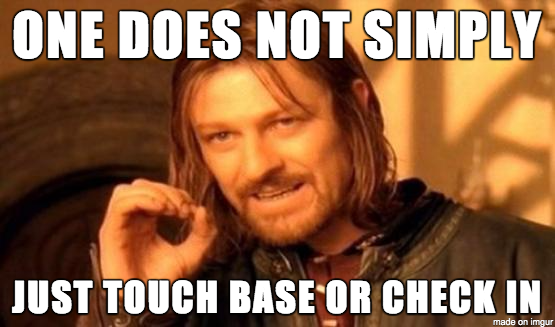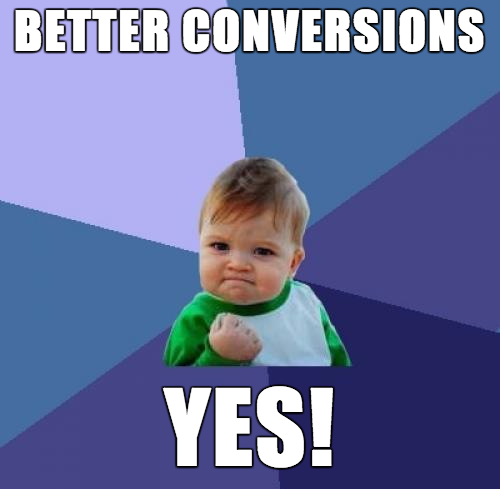Sales enablement platforms are only as powerful as the data that fuels them. The more context and insights you have on prospects, the better your chances of engaging the right buyers, at the right time, with the right message.
But here’s the challenge: most CRMs still rely heavily on static lead lists. Company name, contact info, and a few demographics are entered manually or pulled from third-party systems. That’s useful, but it’s not enough to win competitive B2B deals.
What separates good sales teams from great ones is company intelligence data — fresh, dynamic signals that reveal when a prospect is in buying mode, which technologies they use, and how their business is evolving.
Why Sales Enablement Platforms Need Enrichment
Modern sales enablement tools already cover a wide range of use cases — from client engagement and messaging to productivity workflows, lead scoring, and customer relationship management (CRM). But without enriched intelligence, they leave SDRs guessing.
Integrating real-time company data into these platforms transforms them into proactive sales engines, helping teams:
- Personalize outreach with timely insights
- Spot and act on sales triggers faster
- Target accounts that fit their ICP with precision
Let’s break down how.
Personalized Outreach: Relevance That Resonates
Every SDR knows personalization is key. Yet most outreach still feels generic. Why? Because teams lack the depth of data needed to connect with prospects on a meaningful level.
How PredictLeads helps:
- News Events: Alerts like “Company X receives Y award” or “Company Z expands into Europe” give SDRs instant conversation starters. Congratulate them, show awareness, and stand out.
- Key Customer Data: Identify shared partners, vendors, or clients to build credibility and trust from the first touchpoint.
This is personalization powered by intelligence — not guesswork.
Sales Triggers: Spotting Buying Intent Early
A long list of leads is useless if none of them are ready to buy. Companies don’t purchase continuously; timing is everything. That’s where sales triggers come in.
Signals PredictLeads surfaces:
- Signing new clients (expansion momentum)
- Launching new products (budget reallocation)
- Receiving fresh financing (capital to invest)
- Rapid headcount growth (new tools needed)
- New integrations (ecosystem alignment)
- Facility expansions (scaling operations)
These triggers highlight when a company is in growth mode — and therefore more likely to invest. SDRs can focus energy where deals are most likely to close.
Targeting Leads: Going Beyond Firmographics
Most CRMs allow basic filtering by industry, location, or company size. Useful, but blunt. Company intelligence data takes targeting to the next level.
How PredictLeads data improves targeting:
- Technology Stack Detection: Selling a Salesforce extension? Filter only for companies actually using Salesforce.
- Hiring Signals: Pitching a marketing automation tool? Target companies currently hiring marketing roles — clear evidence of a growing need.
The result is a more surgical approach to building lead lists, ensuring SDRs spend time on accounts that actually match their ICP.
The Bottom Line
Static data can only take sales teams so far. To stand out in today’s crowded B2B landscape, sales enablement platforms must be powered by real-time company intelligence data.
With PredictLeads, SDRs no longer waste hours on research or cold leads. Instead, they get actionable insights, sharpen their targeting, and spend more time on what matters most — selling.
Because the best sales strategy isn’t just about more leads.
It’s about the right leads, at the right time, with the right context.







